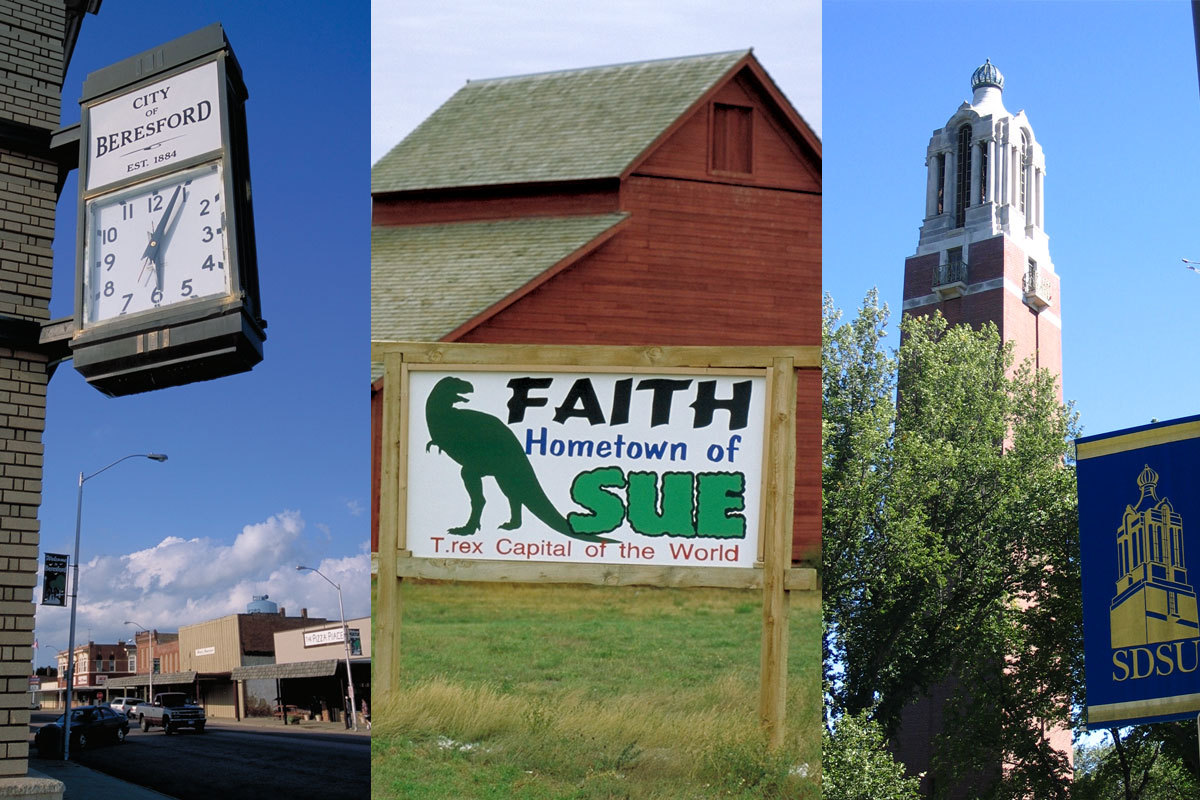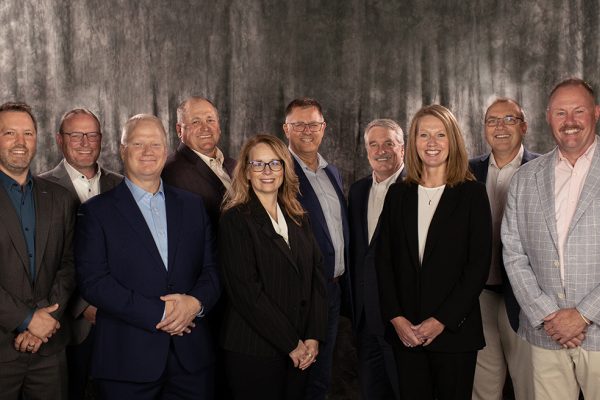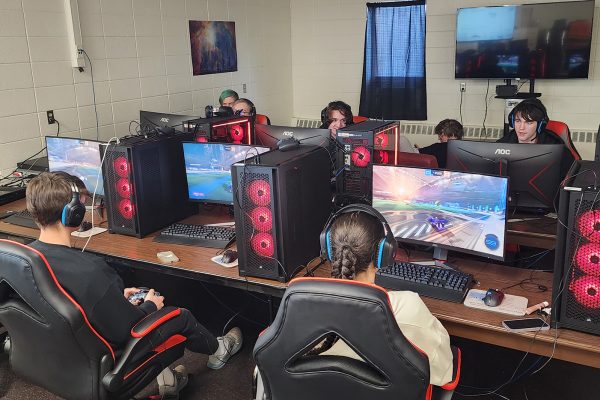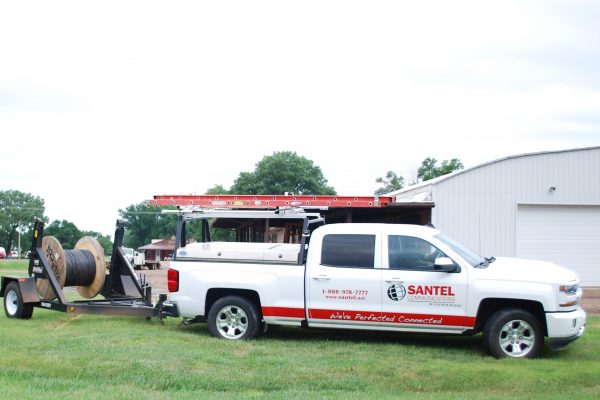
At first glance, the South Dakota communities of Brookings, Beresford and Faith don’t seem to have much in common.
Brookings, with a population of 24,500, is the fourth largest city in South Dakota. It’s a growing college town near the Big Sioux River and the eastern edge of the state. The community is home to South Dakota’s largest university, a famous hamburger shop, a cool museum for children, and has a strong base of industries, all of which help balance out the cold winters.
Beresford, which is 35 miles south of Sioux Falls, is a nice, steady and pretty typical, East River small town of about 2,200 people. Like Brookings, it’s conveniently situated along Interstate 29. Beresford straddles the Lincoln and Union county lines, which technically and rather oddly splits the community between the Sioux Falls and Sioux City metropolitan areas.
Faith is a cowboy town of about 500 people in the sparsely populated northwestern part of the state. The community’s claims to fame go beyond being the one-time home to actress Catherine Bach, who played Daisy Duke in the TV series “The Dukes of Hazzard.” Faith is also the self-proclaimed “T-rex Capital of the World.” In recent decades, the skeletal remains of three large, Tyrannosaurus rexes have been discovered near Faith.
So, what do these three communities have in common? They have city-owned telecommunications systems. In fact, they are the only municipalities in South Dakota with their own phone companies.
The three systems also are among the 17 member-owner companies of Sioux Falls-based SDN Communications. All three also belong to the South Dakota Telecommunications Association (SDTA).
Municipal ownership of phone companies is unique not only in South Dakota but nationally, at least in terms of what are categorized as “Incumbent Local Exchange Carriers,” or ILECs. ILECs are local telephone companies that existed a few decades ago before AT&T was legally broken into Regional Bell Operating Committees. Before markets were opened to “Competitive Local Exchange Carriers,” or CLECs, the ILECS provided monopoly services.
Nationally, CLECs emerged in the 1980s and expanded in the 1990s as the telecommunications industry was deregulated. The corporate structure of the industry has been evolving ever since.
The municipal phone systems in Brookings, Beresford and Faith all have roots that date back to the early 1900s. They differ from most phone companies nationally as well locally. Brookings is especially different because in addition to providing the usual phone, TV and internet services, its business branch, Swiftel, competes regionally in the wireless business.
“I do think that municipal systems that are categorized from a regulatory perspective as Incumbent Local Exchange Carriers are pretty unique,” said Rich Coit, executive director of SDTA. “There are a fair number of Competitive Local Exchange Carriers. But there aren’t very many Incumbent ones,” he said.
No recent data could be found, but there might be fewer than a dozen municipal ILECs in the United States.
Although the three, small, city systems in South Dakota serve municipalities, they are considered rural telephone companies. That’s good because it potentially gives them access to federal funding designed to help keep broadband services affordable in rural America, Coit said.
But all three communities obviously saw a need to get involved in the phone business early in their towns’ histories to help ensure that their residents had access to good, affordable communications services. That was – and remains – a highly worthwhile objective.
SDN Communications is a regional leader in providing broadband internet, private networks and cloud connectivity to businesses in communities such as Sioux Falls, Rapid City, Worthington, and the surrounding areas. SDN’s 17 member companies in South Dakota provide a variety of telecommunications services to residential and business customers.




